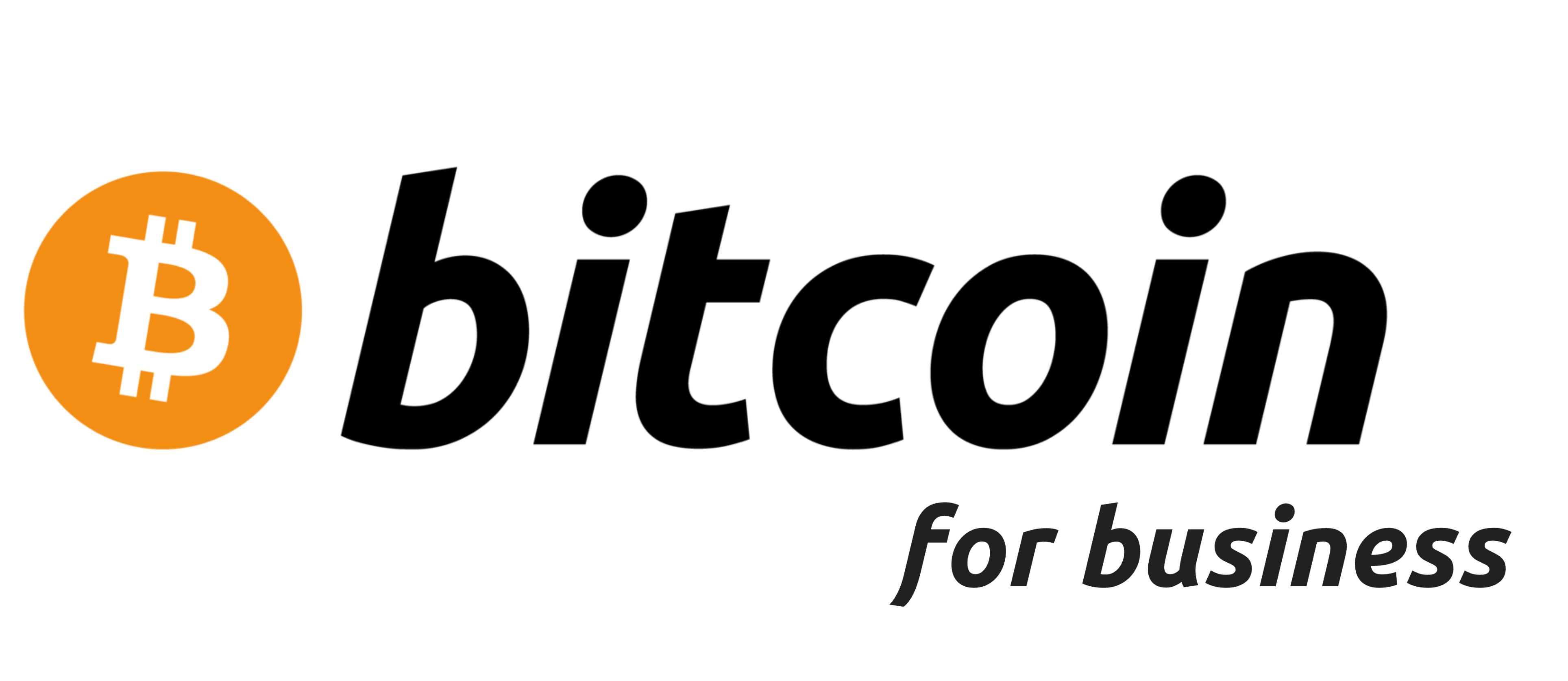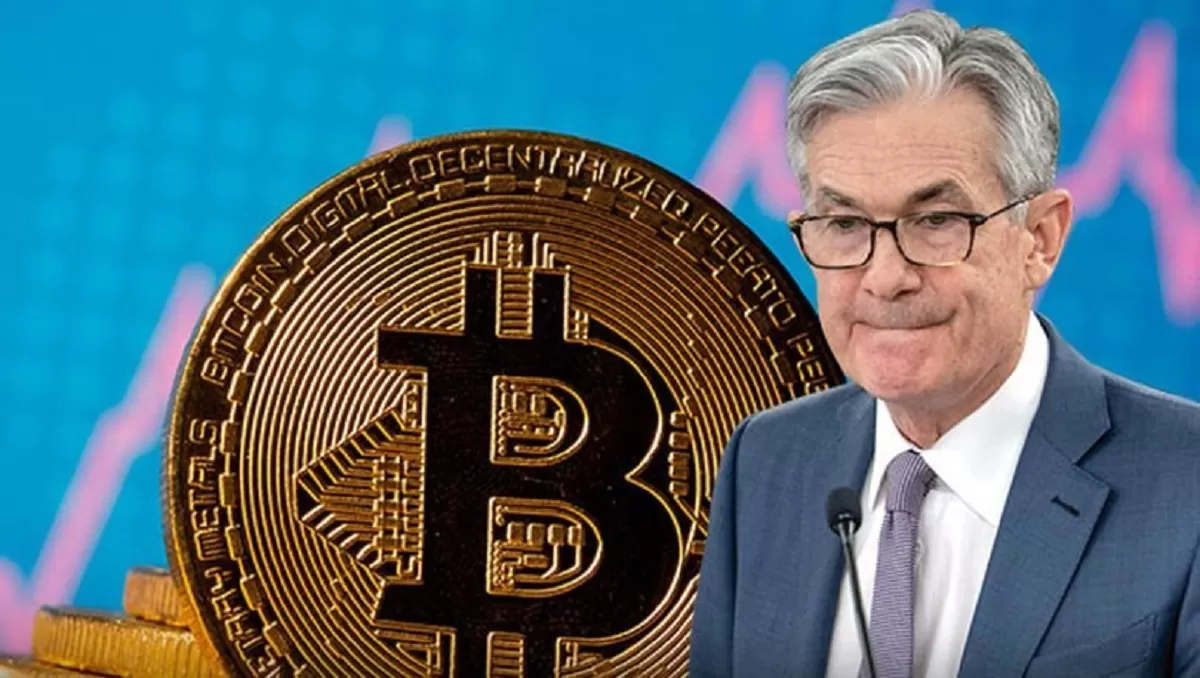The Fed’s Recent Rate Cut: What to expect for Bitcoin
The Federal Reserve’s decision to reduce interest rates by 50 basis points on September 18, 2024, marks a significant pivot in its monetary policy, primarily aimed at stimulating economic growth amidst concerns about potential recession risks. This recent adjustment comes after a period of aggressive rate hikes aimed at curbing inflation, which had previously soared to alarming levels.
Impact on Bitcoin and Digital Currencies
The Fed’s move to slash rates could have profound implications for Bitcoin and the broader cryptocurrency market. Historically, Bitcoin has shown a tendency to appreciate in environments where traditional asset classes might struggle. The rationale is twofold: Firstly, lower interest rates decrease the yield on government and other high-credit bonds, making non-yielding assets like Bitcoin more attractive. Secondly, these rate cuts are often viewed as a sign of economic distress, prompting investors to seek alternative stores of value.
The Monetary Mechanism Unfolded
By reducing the federal funds rate, the Fed essentially lowers the cost of borrowing. This encourages both consumers and businesses to increase spending and investment, injecting more money into the economy. Cheaper borrowing costs can lead to increased capital expenditures and consumer spending, which in turn boosts economic activity but can also lead to higher inflation in the long term.
Bitcoin, often heralded as ‘digital gold’, might become an increasingly attractive option for investors looking to hedge against inflation. With gold prices currently at all-time highs, indicating that recession fears are still prevalent despite economic stimulus measures, Bitcoin could similarly benefit. Investors might turn to Bitcoin not just as a growth asset but as a potential safe haven against currency devaluation.
Bitcoin in a World of Cheap Money
As money becomes cheaper and more abundant due to lower interest rates, the relative scarcity of Bitcoin—capped at 21 million coins—could become more appealing. In the context of increasing national debt and the printing of fiat currency, Bitcoin’s predetermined finite supply stands in stark contrast to potential government overreach and mismanagement of the economy.
The Necessity of Separating Money from State Control
The Fed’s rate decision underscores a critical narrative in the Bitcoin community—the separation of money from state control. By manipulating interest rates, central banks indirectly control economic activity and inflation, sometimes leading to unintended consequences like asset bubbles and increased wealth disparity. Bitcoin offers a decentralized alternative, where monetary policy is predefined and immune to the whims of any central authority. This separation could be crucial in maintaining a balanced economic environment where inflation is kept in check without artificially manipulating interest rates.
Conclusion
As the Fed signals more rate cuts in the future, understanding the broader economic implications becomes crucial. For Bitcoin, this environment could signal a bullish scenario as it underscores the cryptocurrency’s appeal as both a hedge against inflation and a speculative asset. While traditional markets may see fluctuating fortunes, Bitcoin could solidify its position as a critical component of the digital economy, promising both stability and opportunity in times of economic uncertainty.
For those looking to diversify their portfolios or safeguard against looming economic challenges, Bitcoin might not just be an option, but a necessity.

